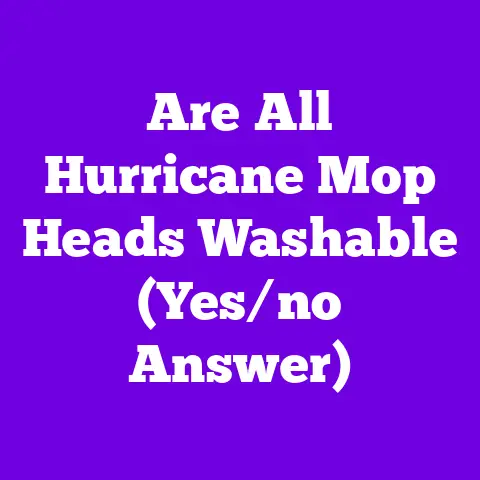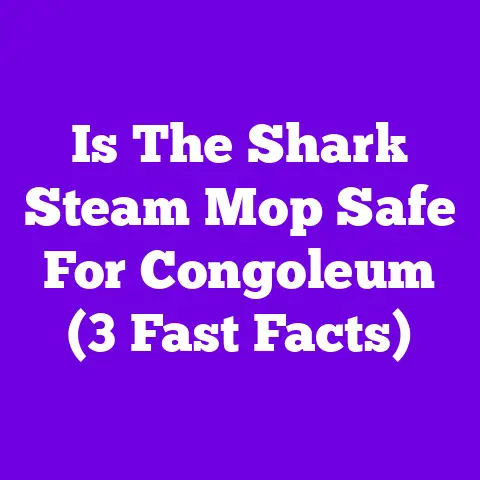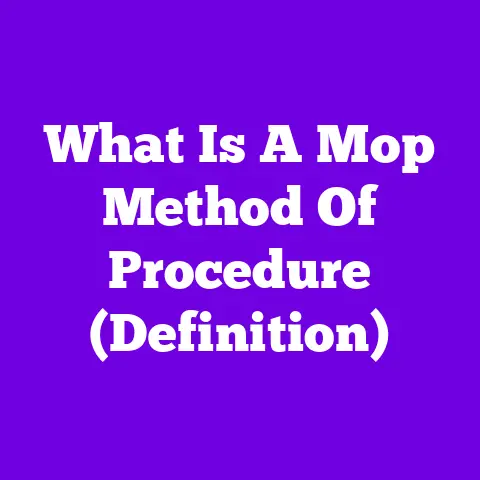Dirty Mop Water Defeats The Purpose (Explained)
Common Issues from Dirty Mop Water
Dirty mop water contains contaminants and bacteria that spread across floors with continued use, defeating the entire purpose of mopping for cleaner floors. Some specific issues caused by reusing dirty water buckets include:
- Spreading invisible germs and bacteria like salmonella or E. coli on hospital floors
- Transferring dirt, debris, and contaminants to visibly dirty floors
- Leaving soap scum, chemical residue, and hazy films that create slippery, sticky floors
- Causing dark dirty buildup and stains in floor grout lines
- Creating traffic walkway marks as residue clings to shoes
- Promoting mold and mildew growth in mop heads and buckets
Reusing dirty mop water to “clean” floors makes them dirtier. Additionally, dirty mop heads become breeding grounds for bacteria when left or stored in dirty water.
Solutions: Change Water Frequently
The simple solution is to change mop water frequently – when first visibly dirty, every 10-20 square meters, or after every room. Establish protocols and train staff to change water. Provide enough clean mop buckets to allow efficient water changes. Some best practices include:
- Change water when first visibly cloudy, discolored or containing debris
- Change water after cleaning heavily soiled areas or contamination risks
- Rinse buckets thoroughly before refilling clean water
- Disinfect buckets regularly to kill bacteria and prevent odors
- Supply extra clean mop heads to enable frequent changes
- Use microfiber mops that require only water for light, everyday cleaning
- Use two-bucket mopping systems for clean rinse water
The key is establishing standard procedures for frequent mop water changes – dirty water must be changed.
Preventive Measures
Institute preventive measures and protocols regarding dirty mop water. Create policies, provide supplies, train staff, and lead by example. Assign responsibility for scheduled cleaning of mops, buckets, and floor scrubbers. Specific steps include:
- Written protocols: Establish standard procedures for water change frequency, documented responsibilities for equipment cleaning and signed by cleaning staff.
- Adequate supplies: Provide enough mops, microfiber pads, buckets and cleaning tools so water and pads can be changed easily. Manager approval for supply orders.
- Training: Train every cleaner on contamination issues and how to prevent them through frequent water changes. Include protocols in onboarding.
- Leadership: Managers should demonstrate proper practices and compliance with mop water standards.
- Accountability: Build water change protocols into job expectations and performance evaluations.
Following standardized preventive protocols at every level is key to avoiding dirty mop water issues.
Tips for Floor Cleaning Experts
Floor cleaning experts know that proper mopping procedures are very important for clean, safe floors. Here are some useful tips:
- Dry mop floors before wet mopping to remove surface dirt
- Use two-bucket systems with clean rinse water
- Wring mops thoroughly before putting back into water
- Empty and rinse buckets fully before refilling
- Clean mops and buckets thoroughly after using
- Check water frequently and change at first signs of dirt
- Consider microfiber mops for simple water-only floor cleaning
- Use floor cleaning machines for deeper scrubbing versus mops
The bottom line is dirty mop water must be changed frequently, before returning to floors. Consistently follow effective floor care procedures.
Frequently Asked Questions
Here are answers to some common questions about dirty mop water:
How often should I change mop water?
Change water when first visibly dirty, after every patient room, every 10-20 square meters, or 30-40 square meters when microfiber mops used.
What are signs it’s time to change water?
Visible dirt, debris, discoloration, odors, films on floors are signals to change water immediately.
Should I rinse the mop bucket?
Yes, thoroughly rinse then disinfect buckets regularly before refilling with clean solution.
Can dirty mop water make people sick?
Yes, contaminants and bacteria can be spread by dirty mop water, especially risky for vulnerable populations.
Where should dirty mop water be disposed?
Safely dispose in janitorial sinks according to facility procedures. Never pour down standard drains.
What are the benefits of microfiber mops?
Microfiber mops clean well with just water. They are lighter, require less pressure, and minimize chemical use.
Establishing consistent floor cleaning procedures involving frequent mop water changes, and preventing dirty water issues, leads to truly clean and safe floors.






